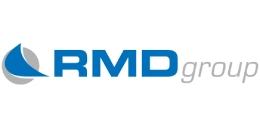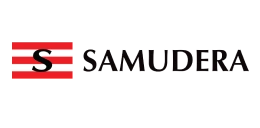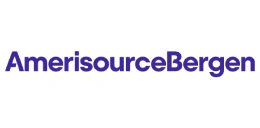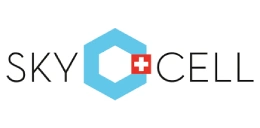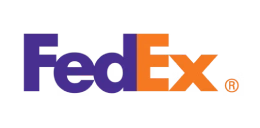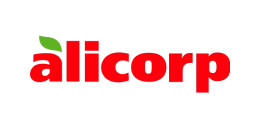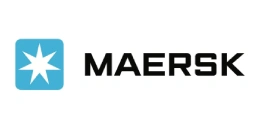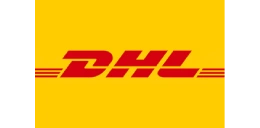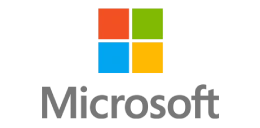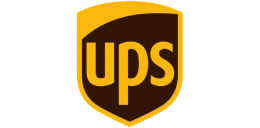Economic Breakdown of Caramel Color Manufacturing Plant: A Cost Model Approach
_11zon.webp)
Caramel colour or E150d, is a common food and beverage colouring ingredient that is made by carefully heating food-grade carbohydrates with alkali or acid catalysts. Known as sulfite ammonia caramel, it gives baked items, sauces, soft drinks, and alcoholic beverages a rich brown colour. In food business, it is a preferred option because to its stability, solubility, and capacity to improve aesthetic appeal. Major food regulators across the world have authorised E150d and regulated it for safe consumption.
The food and beverage industry's growing demand, especially for sauces, alcoholic beverages, and carbonated soft drinks, is driving the market for caramel colour (E150d). Demand is further increased by the growing processed food industry and consumers' growing preference for aesthetically pleasing food items. Market expansion is also facilitated by the rise of the dairy, bakery, and confectionery industries. Additionally, producers are concentrating on caramel colour as a preferred colouring agent because of the increased popularity of natural and clean-label food ingredients. Urbanisation and the growing world population have increased demand for convenience and ready-to-eat goods, which frequently use caramel colour. Furthermore, its broad use is supported by governmental licenses and regional adherence to food safety regulations. Market expansion is also fuelled by technological developments in the production of caramel colour for increased stability and functionality. However, regulatory limitations and worries about possible health repercussions could make it difficult to expand the industry.
Trending Insights on Caramel Color: Latest News and Developments
- In September 2024, a limited-edition Salted Caramel Soda was launched by Zevia and is only sold on their website and Amazon. Customers can choose this seasonal flavour as a sugar-free substitute for classic autumn drinks.
- In March 2024, Nature's Bakery introduced a Salted Caramel Brownie as part of their product line expansion. This new product appeals to health-conscious consumers looking for decadent snacks because it is made with healthy grains, dates, and vegan chocolate.
- In December 2023, Hershey introduced Reese's Caramel Big Cup, which elevates the traditional chocolate and peanut butter combination with a delicious coating of gooey caramel. The retail team at Hershey's is utilising cutting-edge technologies like image recognition and augmented reality to enable the extensive deployment.
- In August 2021, Caramel Aura, a line of premium caramelised white chocolate products without additional flavours or colours, was introduced by Barry Callebaut for North American consumers. Caramel Aura, made by caramelising sugar and milk powder, comes in two varieties: easy-melts for panning, enrobing, and moulding, which have 28% cacao content, and bake-stable chips, which have 22% cacao content.
- In May 2021, Oterra has introduced a wider variety of caramel colours, providing natural food colouring options for the dairy and food sectors. The goal of the expansion is to give businesses that want to improve product appearance while preserving natural component preferences clean-label and sustainable options.
Case Study on Cost Model of Caramel Color Manufacturing Plant
Objective: One of our clients has approached us to conduct a feasibility study for establishing a mid to large-scale caramel color manufacturing plant in West Africa. We have developed a detailed financial model for the plant's setup and operations. The proposed facility is designed with a production capacity of 12,000 kg of caramel color per day.
Manufacturing Process: The first step in creating caramel colour is choosing the raw ingredients, which are mostly carbohydrates like corn syrup, sucrose, or malt syrup. The purity and intended colour intensity of these basic ingredients are taken into consideration. The chosen carbohydrates are then combined with a catalyst, which may consist of salts, acids, or alkalis, to speed up the caramelisation process and regulate the colorant's final characteristics. Prior to the major reaction phase, the mixture is uniformly heated through preheating. To start the caramelisation process, the mixture is first heated to regulated high temperatures. Sugars break down during this phase, giving the area its distinctive dark brown hue. The next step is caramelisation and holding, which involves keeping the mixture at a particular temperature and pressure to get the required colour and flavor profile. After caramelisation, the mixture is cooled and pressure-reduced to stabilise its characteristics and stop additional reactions. After that, the liquid is filtered and finally cooled to get rid of any remaining impurities and give it a uniform texture. The final caramel colour is then prepared for distribution to the food and beverage industries by being packaged in liquid or powder form. Strict quality control measures are implemented throughout the process to guarantee adherence to industry and regulatory standards.
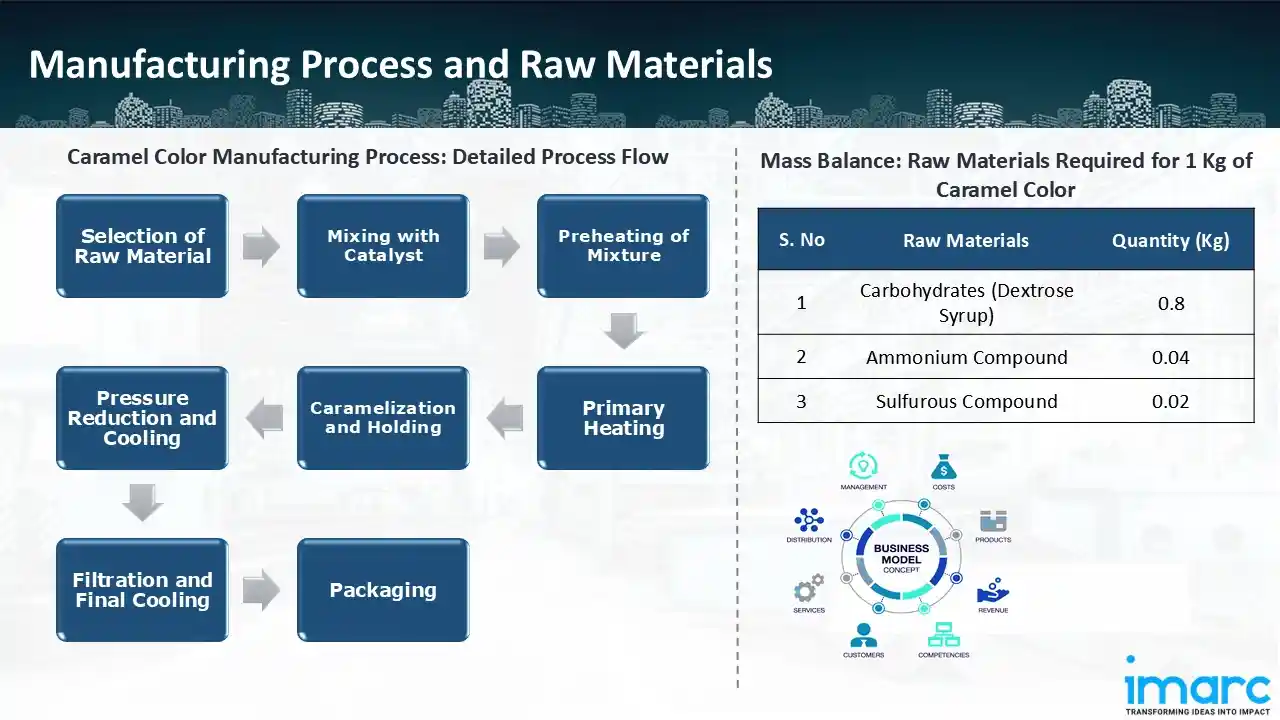
Mass Balance and Raw Material Required: The primary raw materials utilized in the caramel color manufacturing plant include carbohydrates (dextrose syrup), ammonium compound, and sulfurous compound. To produce 1 kg of caramel color, we require 0.8 kg of carbohydrates (dextrose syrup), 0.04 kg of ammonium compound, and 0.02 kg of sulfurous compound.
List of Machinery:
The following equipment was required for the proposed plant:
- Storage Tank
- Pressure Reactor
- Heat Exchanger
- Boiler
- Cooling Tank
- Liquid Filtration System
Techno-Commercial Parameter:
- Capital Investment (CapEx): Capital expenditure (CapEx) in a manufacturing plant includes various investments essential for its setup and long-term operations. It covers machinery and equipment costs, including procurement, installation, and commissioning. Civil works expenses involve land development, factory construction, and infrastructure setup. Utilities such as power, water supply, and HVAC systems are also significant. Additionally, material handling systems, automation, environmental compliance, and safety measures are key components. Other expenditures include IT infrastructure, security systems, and office essentials, ensuring operational efficiency and business growth.
- Operating Expenditure (OpEx): Operating expenditure is the cost incurred to operate a manufacturing plant effectively. OpEx in a manufacturing plant typically includes the cost of raw materials, utilities, depreciation, taxes, packing cost, transportation cost, and repairs and maintenance. The operating expenses are part of the cost structure of a manufacturing plant and have a significant effect on profitability and efficiency. Effective control of these costs is necessary for maintaining competitiveness and growth.
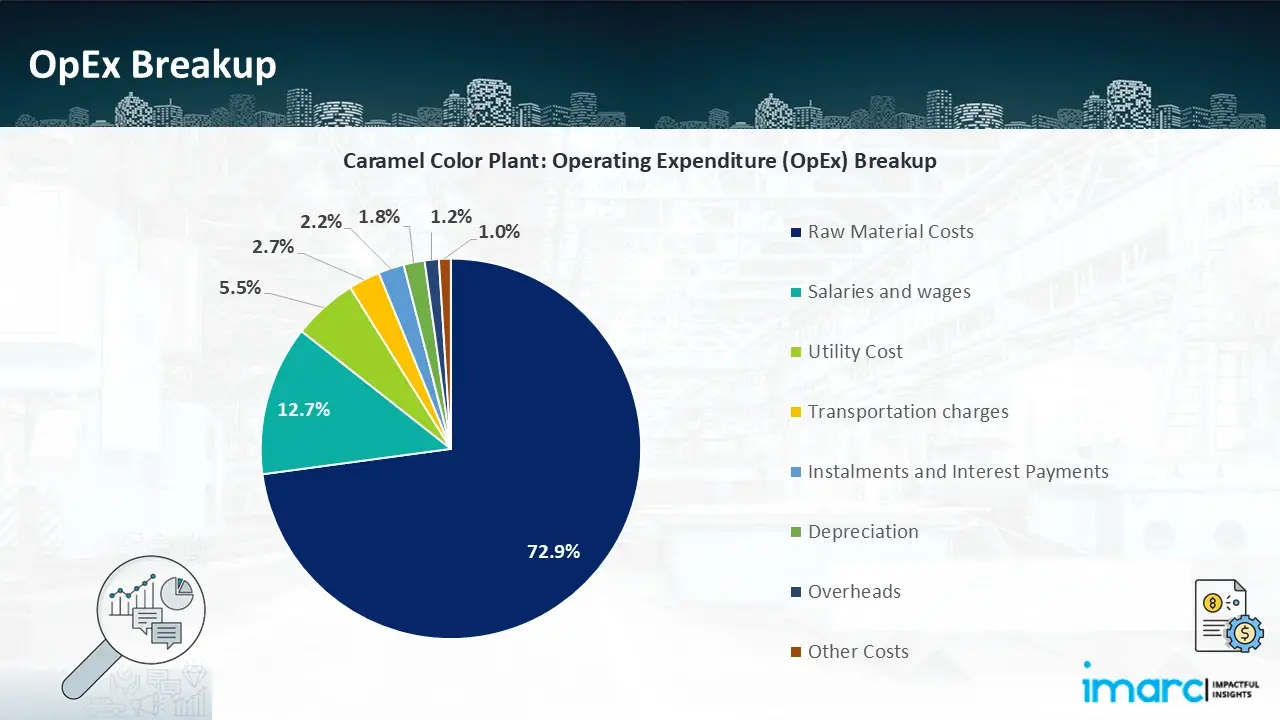
- Profitability Analysis Year on Year Basis: The proposed caramel color plant, with a capacity of 12,000 kg of caramel color per day, achieved an impressive revenue of USD 3.2 million in its first year. We assisted our client in developing a detailed cost model, which projects steady growth, with revenue rising throughout the projected period. Moreover, gross profit improved from 17.9% to 21.2%, and net profit rise from 9.7% to 13.3%, highlighting strong financial viability and operational efficiency.
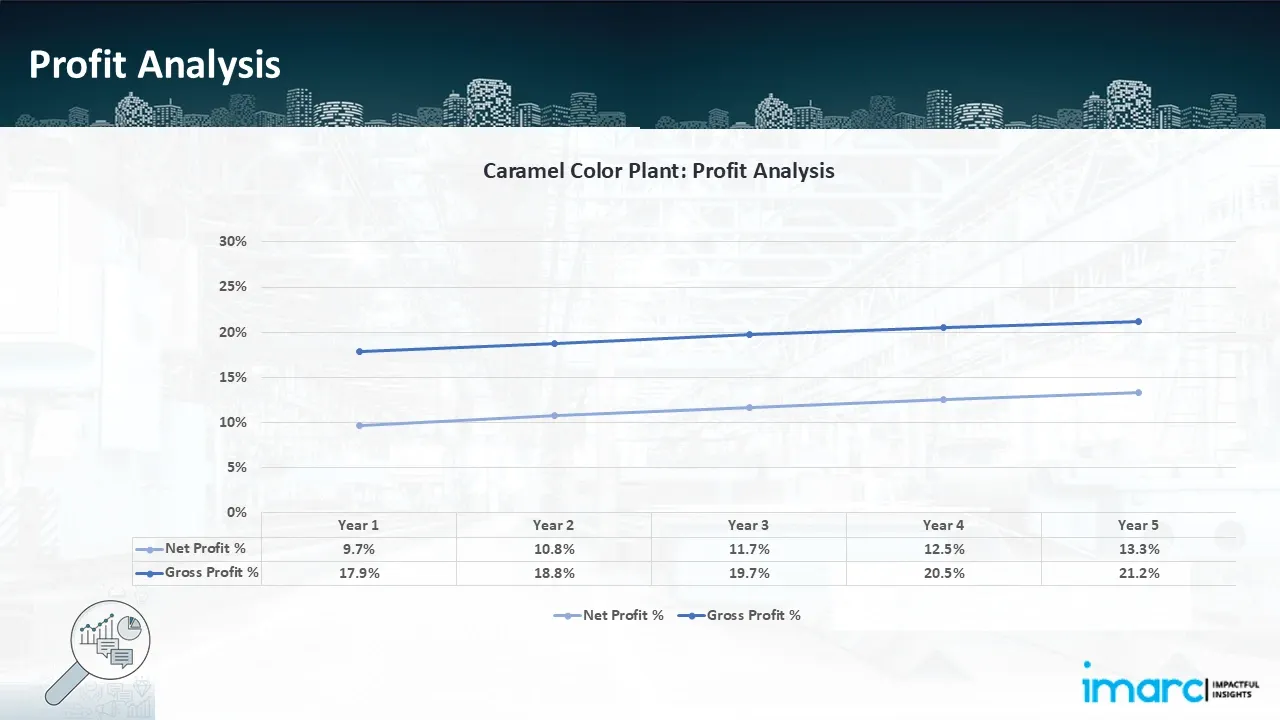
Conclusion
Our caramel color manufacturing plant's financial model was meticulously modelled to satisfy the client's requirements. It provided a thorough analysis of production costs including capital expenditures, manufacturing processes, raw materials, and operating costs. The model predicts profitability while accounting for market trends, inflation, and any shifts in the price of raw materials. It was created especially to satisfy the demand of producing 12,000 kg of caramel color per day. Our commitment to offering precise, client-cantered solutions that ensure the long-term success of significant industrial projects by giving the client useful data for strategic decision-making is demonstrated by this comprehensive financial model.
IMARC's Financial Model Expertise: Helping Our Clients Explore Industry Economics
IMARC is a global market research company that offers a wide range of services, including market entry and expansion, market entry and opportunity assessment, competitive intelligence and benchmarking, procurement research, pricing and cost research, regulatory approvals and licensing, factory setup, factory auditing, company incorporation, incubation services, recruitment services, and marketing and sales.
Brief List of Our Services: Market Entry and Expansion
- Market Entry and Opportunity Assessment
- Competitive Intelligence and Benchmarking
- Procurement Research
- Pricing and Cost Research
- Sourcing
- Distribution Partner Identification
- Contract Manufacturer Identification
- Regulatory Approvals, and Licensing
- Factory Setup
- Factory Auditing
- Company Incorporation
- Incubation Services
- Recruitment Services
- Marketing and Sales
Under our factory setup services, we assist our clients in exploring the feasibility of their plants by providing comprehensive financial modeling. Additionally, we offer end-to-end consultation for setting up a plant in India or abroad. Our financial modeling includes an analysis of capital expenditure (CapEx) required to establish the manufacturing facility, covering costs such as land acquisition, building infrastructure, purchasing high-tech production equipment, and installation. Furthermore, the layout and design of the factory significantly influence operational efficiency, energy consumption, and labor productivity, all of which impact long-term operational expenditure (OpEx). So, every parameter is covered in the analysis.
At IMARC, we leverage our comprehensive market research expertise to support companies in every aspect of their business journey, from market entry and expansion to operational efficiency and innovation. By integrating our factory setup services with our deep knowledge of industry dynamics, we empower our clients to not only establish manufacturing facilities but also strategically position themselves in highly competitive markets. Our financial modeling and end-to-end consultation services ensure that clients can explore the feasibility of their plant setups while also gaining insights into competitors' strategies, technological advancements, and regulatory landscapes. This holistic approach enables our clients to make informed decisions, optimize their operations, and align with sustainable practices, ultimately driving long-term success and growth.
Our Clients
Contact Us
Have a question or need assistance?
Please complete the form with your inquiry or reach out to us at
Phone Number
+91-120-433-0800+1-201-971-6302
+44-753-714-6104
